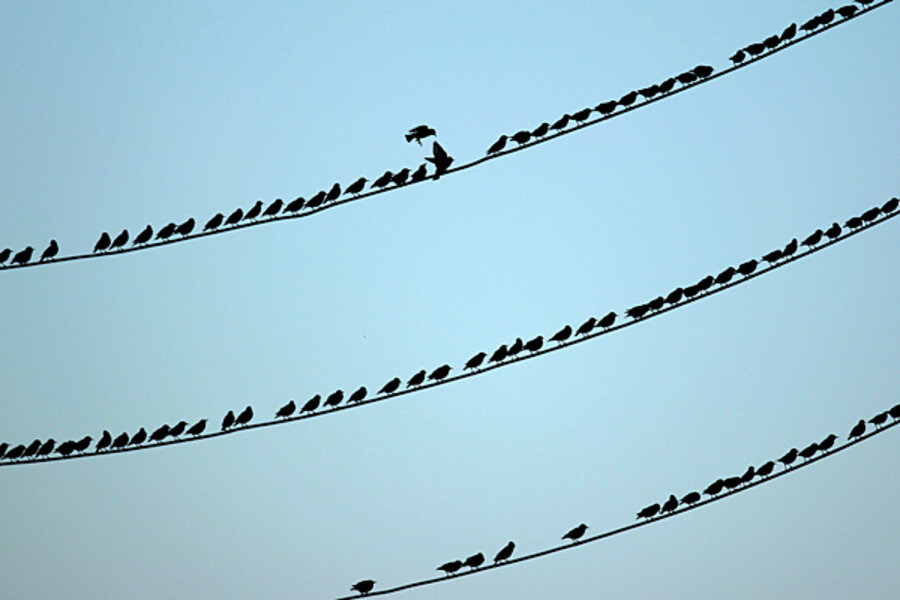Thirteen percent of birds are classified as threatened (either vulnerable, endangered, or critically endangered). When researchers analyzed changes in avian extinction risk, they found that on aggregate the extinction risk for all bird species increased by 0.49 percent between 1988 and 2008. That comes out to 223 bird species moving one or more categories closer to extinction. Two bird species went completely extinct in that period and six more are listed as "possibly extinct."
But the study found that conservation efforts are having a positive effect in slowing the rate at which species are vanishing and becoming more at risk. The study found the extinction risk for birds would have increased by 0.58 percent in that 20-year period in the absence of conservation measures, due to the equivalent of 39 bird species being taken a step further from extinction.





